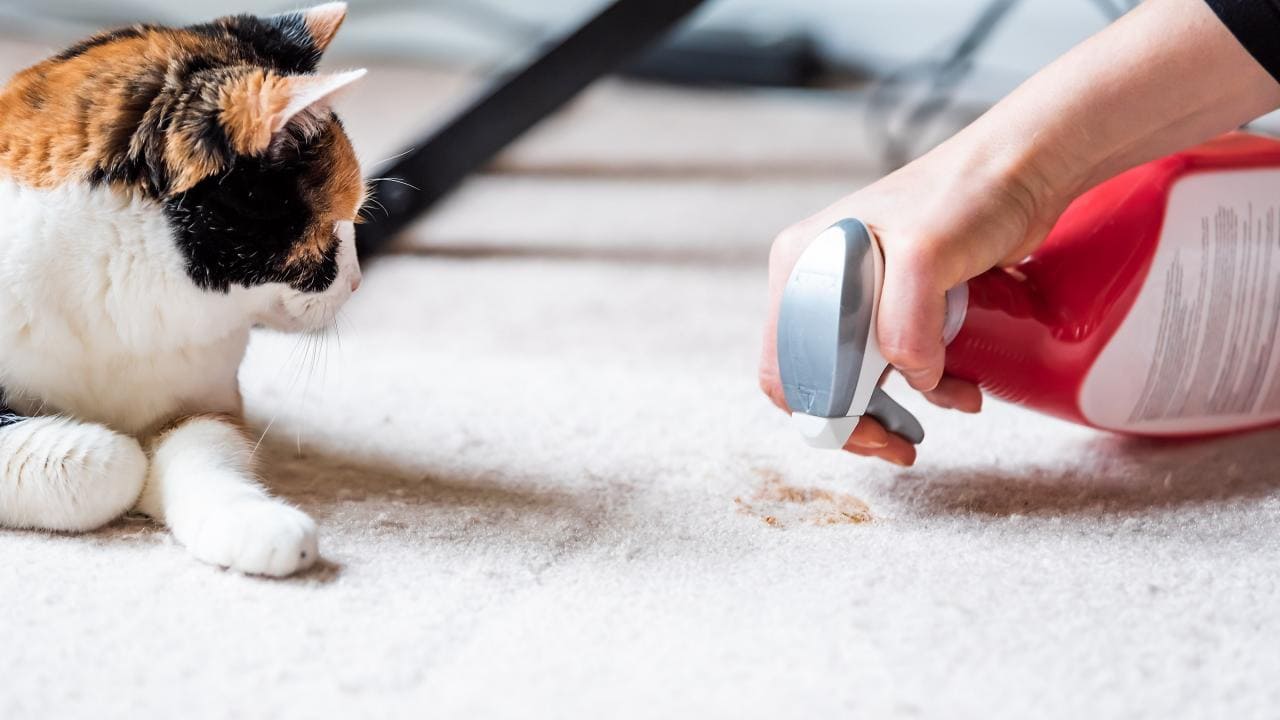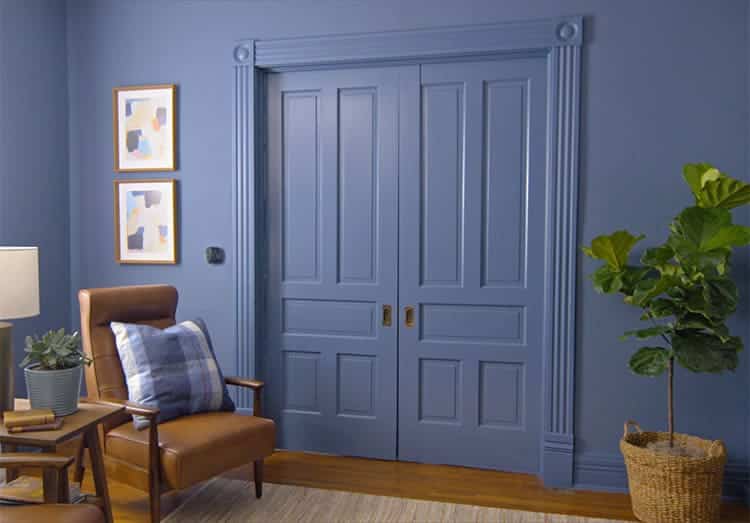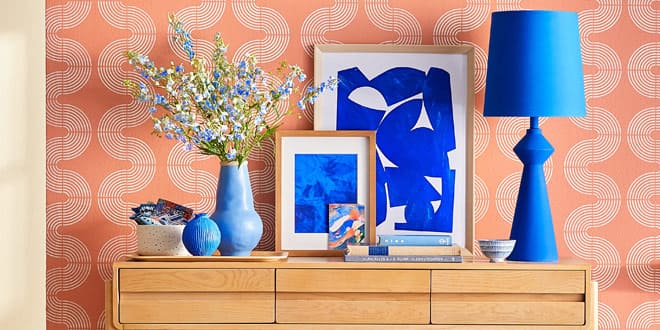In the realm of creating inviting and personalized spaces, the role of aesthetics in home interior design cannot be overstated. It’s the deliberate choice of colors, materials, and layouts that transforms a mere building into a warm, welcoming home that reflects the unique tastes and lifestyles of its inhabitants. Recently, the design world has been buzzing with innovative trends that are set to redefine our living environments. These emerging trends are not just about visual appeal; they encapsulate functionality, sustainability, and technology, melding them into the aesthetics of our spaces.
This evolution in home interior design is guiding homeowners towards creating spaces that are not only beautiful but also intelligent and eco-friendly. As we explore these innovative trends, we embark on a journey to elevate the aesthetics of our homes, ensuring that they remain at the forefront of design and comfort.
The Rise of Sustainable and Eco-Friendly Materials
The home interior design landscape is witnessing a significant shift towards sustainable and natural materials. This trend is fueled by a heightened awareness of environmental issues and a collective desire to reduce our ecological footprint.
Innovative Eco-Friendly Materials
- Bamboo: Known for its rapid growth and renewability, bamboo is becoming a popular choice for flooring, furniture, and wall coverings. Its durability and natural aesthetics make it ideal for eco-conscious interior designs.
- Recycled Glass: Utilized in backsplashes, countertops, and decorative accents, recycled glass introduces unique textures and vibrant colors to spaces while promoting recycling efforts.
- Cork: Another sustainable material, cork is celebrated for its versatility, natural warmth, and acoustic properties, making it a preferred choice for flooring and wall panels.
The use of these materials transcends mere aesthetics; it embodies a commitment to protecting natural resources and promoting healthier living environments. By incorporating sustainable options into their designs, homeowners can create spaces that are not only visually appealing but also environmentally responsible.
Smart Homes and Technological Integration
The fusion of technology with home interior design is revolutionizing how we interact with our living spaces. Making them not only more aesthetically pleasing but also significantly more functional. This seamless integration of tech innovations into home design is spearheading the evolution of smart homes, where convenience and efficiency are paramount.
Popular smart home features that are becoming staples in contemporary interior design include:
- Smart Lighting: Allows homeowners to control lighting intensity, color, and mood through voice commands or mobile apps, enhancing both the functionality and ambiance of a room.
- Home Automation Systems: These systems integrate various home functions such as heating, cooling, security, and entertainment, offering centralized control for a streamlined and efficient home management experience.
- Voice-Activated Assistants: Devices like Amazon Echo or Google Home are being increasingly incorporated into living spaces, facilitating hands-free control over home features and providing assistance with daily tasks.
The integration of these technologies into home design is not just about adding gadgets. It’s about creating environments that adapt to and enhance the way we live. Smart homes exemplify how technology can complement aesthetics, making our living spaces not only more. B eautiful but also smarter, proving that functionality and design can go hand in hand in the modern home.
Minimalism and the Art of Less
Minimalism in home interior design is more than just a trend; it’s a philosophy that emphasizes simplicity, functionality, and clarity. This approach advocates for reducing clutter and focusing on the essentials, creating spaces that are tranquil and unburdened by excess. By simplifying your space, you invite an aesthetic that is sophisticate and elegant. Where each element serves a purpose and contributes to the overall harmony of the design.
To achieve a minimalist look while maintaining personality and warmth, consider these tips:
- Select Furniture Wisely: Choose pieces that are both functional and stylish, with clean lines and neutral colors. Furniture should enhance the sense of space, not overcrowd it.
- Embrace Neutral Palettes: Neutral colors create a calm and cohesive environment. Accent these with textures or a pop of color through accessories for a personalized touch.
- Declutter: Regularly assess your belongings to keep only what you truly need or love. This not only simplifies your space but also highlights the items that hold personal value.
- Use Natural Light: Allow plenty of natural light to flood your space. It enhances the minimalist aesthetic and brings warmth and vitality into your home.
By following these principles, you can create a minimalist home that is both refine and inviting, proving that simplicity can indeed be the ultimate sophistication.
Bold Colors and Textures
The contemporary home interior design landscape is experiencing a vibrant shift from the safety of neutral palettes to the daring embrace of bold and expressive colors. This move is not just about aesthetics; it’s a reflection of personality and creativity. Allowing homeowners to make unique statements within their living spaces.
Embracing Bold Colors:
Contemporary home interior design is shifting towards the use of bold and expressive colors, moving away from the traditional reliance on neutral palettes. This trend allows for more personalized and creative expressions within living spaces.
The Importance of Texture:
Textures are pivotal in adding depth and interest, complementing bold colors with tactile elements that enrich the visual and sensory experience of a room. Materials like velvet, silk, and textured wallpapers are key players in this aspect.
Combining Colors and Textures:
Modern home designs often feature a combination of bold colors and diverse textures to create dynamic and engaging spaces
Personalization Through Design:
The trend towards bold colors and textures is indicative of a larger move towards more personalized and expressive interior design, where homes reflect the unique personalities of their occupants.
Examples include
- A velvet emerald green sofa against a deep blue matte wall, offering a luxurious yet comforting ambiance.
- Brightly colored accent walls serve as the backdrop for decor items with varied textures—metallic finishes. Rough natural fibers, etc.—each adding layers of interest to the overall design.
Conclusion
The world of home interior design is continually evolving, with trends like the use of sustainable materials. The integration of smart home technology, the elegance of minimalism, the vibrancy of bold colors and textures. And the importance of personalization leading the charge. These innovations offer exciting possibilities for homeowners to elevate the aesthetics and functionality of their living spaces.
We encourage you to explore these trends, blending them with your unique style to transform your home into a reflection of your personality and values. Let’s inspire and be inspire, creating spaces that are not only beautiful but also resonate with our individual stories and dreams.





